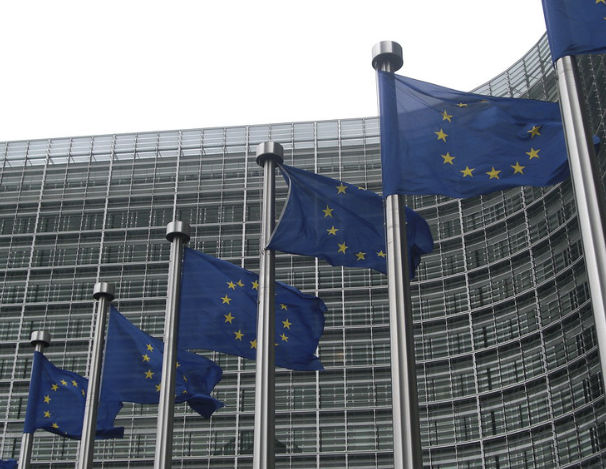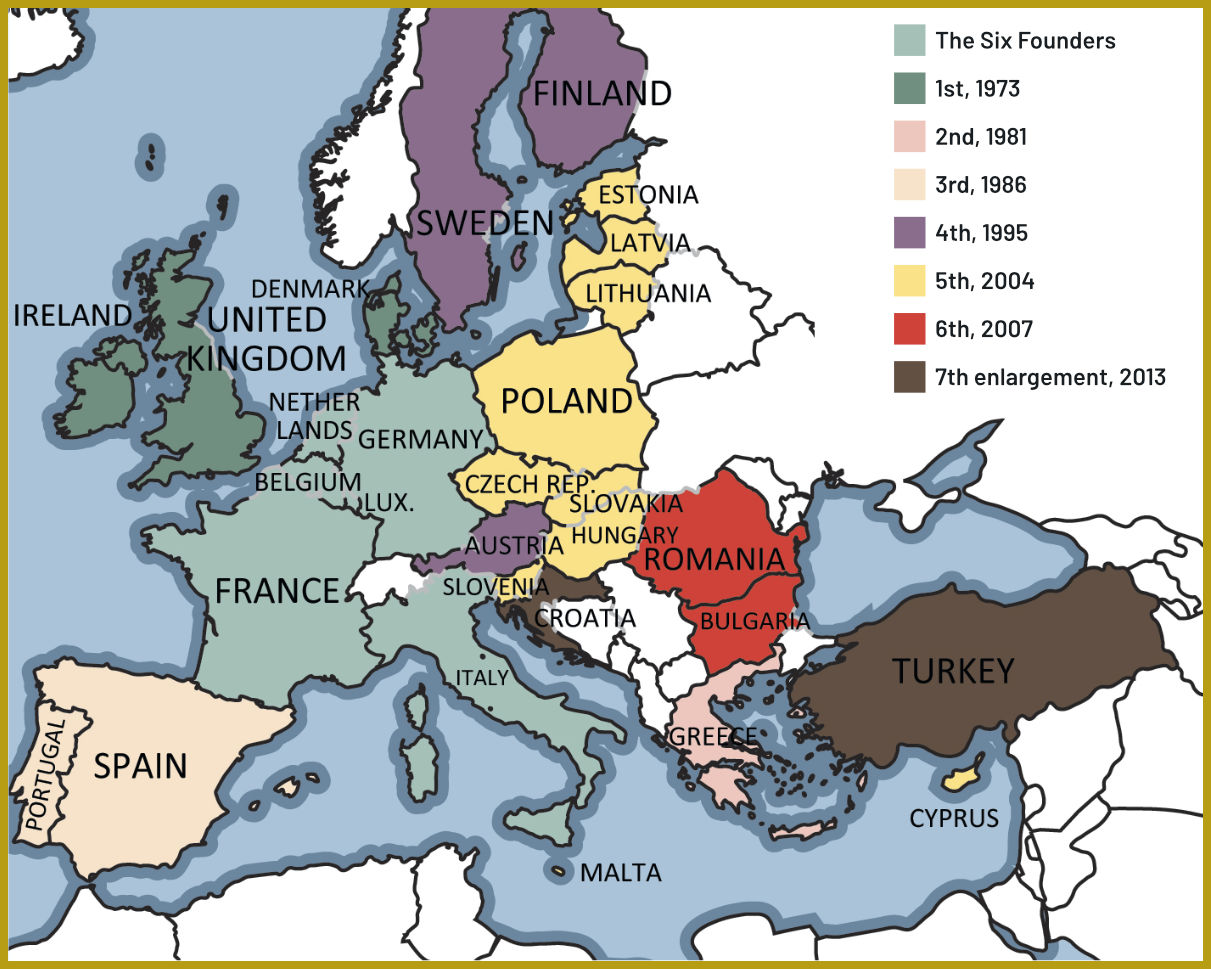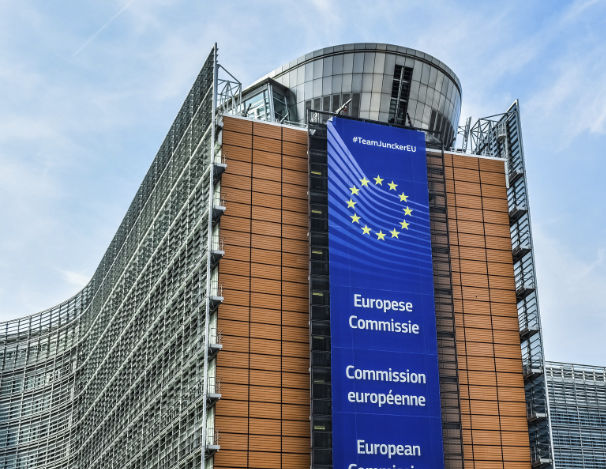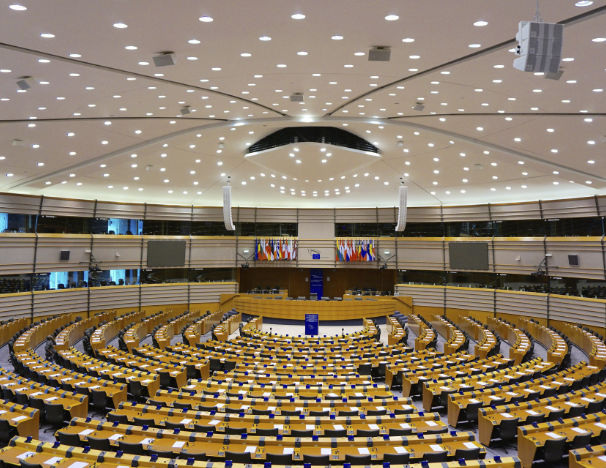1. The European model
Western Europe recovered promptly from war devastation thanks to massive American aid (Marshall Plan), which fuelled an intense economic development. The European model is hence based on the intervention of the State in the socio-economic structure, by combining capitalism and the principles of social democracy -the Welfare State. Public programmes were created to provide the population with a general level of social protection, such as health care, benefits for unemployment or sickness, or public support to housing and education. The State also created compulsory minimum standards concerning labour market (minimum wages, holidays).

Flirckr
2. The process of European integration
1. The origins
Although previous attempts of European co-operation had been made, the process of European integration began with the Schuman Declaration on 9 May 1950 (Europe Day). The French minister of Foreign Affairs stated the need to make it impossible a future European war through the creation of a supranational body to manage the production of coal and steel. Coal and steel were the core industries of a country, the basis of its military power, so that the initiative would put an end to the Franco-German historical antagonism.
The first treaties were the Treaty of the European Coal and Steel Community (ECSC) signed in Paris in 1951, and the two Treaties of Rome of 1957, which created the European Economic Community (EEC) and the European Atomic Energy Community (or Euratom). The founding members of the three Communities were France and Germany, Belgium, The Netherlands, Luxembourg and Italy.
The purpose of the EEC was to establish a common market based on the freedom of movement of goods, capitals, services and persons, as well as an increasing coordination of economic policies. As a matter of fact, the intention of the founding members was not merely to share certain economic aspects, but to go beyond, towards a deeper European integration.

2. The reforms
Leaps forward in this integration process were the different treaties and agreements that were signed afterwards.
a) The Treaty of Maastricht. The Treaty of Maastricht or Treaty of the European Union was signed in 1992, and instituted the European Union based on the three Communities. A three-pillar structure was created. The first one (the European Community Pillar) concerned the traditional activities of the European Community, dealing with the first treaties. The Second Pillar was related to the Common Foreign and Security Policy (CFSP), in order to improve cooperation between member States on this field. The Third Pillar was that of Justice and Home Affairs. The two new pillars were implemented by intergovernmental methods, because the matters concerned were still considered as an essential part of the State sovereignty. Decisions concerning the first pillar followed a special procedure, where the European institutions played the most important role.
b) The treaty of Lisbon. It was signed in December 2007, and constitutes the last step forward in the process of European integration. The architecture based on the three pillars is no longer applicable, especially concerning the differences between the first and the third pillars. After Lisbon, the final legal structure of the European Union is based on two treaties: the Treaty of the European Union (TEU) and the Treaty on the Functioning of the European Union (TFEU). The TEU is the basis of the European law (general purposes of the EU, governance of European institutions, rules concerning the foreign and security policy). The TFEU is based on the old Treaty of Rome (internal market, free movement of goods, services and capitals), and establishes the authority of the EU with respect to specific areas.
3. Community institutions
a) The European Commission
The European Commission represents the interests of Europe as a whole. It is independent of national governments. The Commissioners do not represent the governments of their home countries.

Pixabay
The Commission consists of 28 members, one from each EU country, assisted by about 32.000 civil servants, most of them in Brussels. Each of them has responsibility for a particular EU policy area. The President and members of the Commission are appointed for a period of five years, coinciding with the period for which the European Parliament is elected.
The President of the Commission is chosen by EU governments and approved by the European Parliament. The other commissioners are nominated by the Council in agreement with the in-coming President, and must be approved by the Parliament.
Functions
1. Legislative initiative. The Commission presents proposals for new European laws to the European Parliament and the Council.
2. Implementation of EU policies and administration of EU funds, as well as enforcement of European laws.
3. The Commission is the guardian of the Treaties, so it can act against rule- breakers, taking them to the Court of Justice if necessary.
After the Treaty of Lisbon, it is considered that the executive power of the EU is not held by the Council, but shared by both the Commission and the Council. There is a direct link between the results of the European elections and the choice of candidate for president of the Commission.
Finally, the president is now stronger, having the power to dismiss the Commissioners. On the other hand, although Lisbon provided for the reduction of the number of Commissioners to 18, it has not yet achieved.
The post of EU High Representative for foreign and security policy was also created in Lisbon. The High Representative has a dual role: representing the Council on common foreign and security policy matters (CFSP) being also Commissioner for external relations and Vice-President of the Commission. The High Representative conducts both common foreign policy and common defence policy.
b) The European Parliament
The European Parliament is the only supranational institution whose members are democratically elected by direct universal suffrage every five years. It represents the people of the Member States.
The European Parliament is made up of 750 Members (MEPs), plus its President. They are grouped by political affinity and not by nationality. They meet in Brussels and Strasbourg; the Secretariat is located in Luxembourg.

Pixabay
The EP is represented by a President that is elected for a renewable term of two and a half years.
Powers of the EP
1. The EP is one of the legislative bodies of the European Union, together with the Council of the European Union. The European Parliament shares legislative power equally with it.
Basically, the legislative process is as follows: the European legislative procedure is initiated by the European Commission, the only institution empowered to do so. Then the Parliament discuss the proposal and adopts a final text, and finally the Council of the European Union approves it.
2. The European Parliament and the Council of the European Union together constitute the Union's budgetary authority, which decides each year on its expenditure and revenue.
3. The European Parliament exercises democratic control over the Commission (initial appointment, questions, censure power).
c) The European Council
Consists of the heads of State and/or government the member States, plus its president and the president of the Commission. The position of president of the European Council was created by the Treaty of Lisbon, and he or she is appointed by the Council itself for two and a half years. The main job of the president is to prepare the Council's work. The European Council defines the EU's general political direction and priorities.
d) The Council of the European Union
The Council consists of ministers from the national governments of all the EU countries. Meetings are attended by whichever ministers are responsible for the items to be discussed: foreign ministers, ministers of the economy and finance, ministers for agriculture and so on, as appropriate.
Each country has a number of votes in the Council reflecting the size of their population, but weighted in favour of smaller countries. Most decisions are taken by majority vote, although sensitive issues in areas like harmonization of national legislation on indirect taxation, family law, or foreign and security policy, require unanimity. Functions
1. The Council shares with the Parliament the responsibility for passing laws.
2. It takes policy decisions, above all in the field of the common foreign and security policy (CFSP).
3. It approves the EU budget, together with the Parliament.
Up to four times a year the presidents and/or prime ministers of the Member States meet as the European Council. These "summit" meetings set the main political lines of the EU.
e) The Court of Justice of the European Union
The CJEU, located in Luxembourg, is composed of two Courts: the Court of Justice and the General Court. It makes sure that EU law is interpreted and applied in the same way in all EU countries. The Court also makes sure that EU member States and institutions do what the law requires them to do.
The Court of Justice has one judge from each member country. It deals with requests for preliminary rulings from national courts (when a national court is in doubt about the interpretation of a EU law), actions for annulment of EU acts that violate EU treaties or fundamental rights, or when a national government fails to comply with EU law (infringement).
The General Court has 47 judges, increased to 56 in 2019 (two judges from each member country). It deals with actions for annulment brought by individuals and companies.
